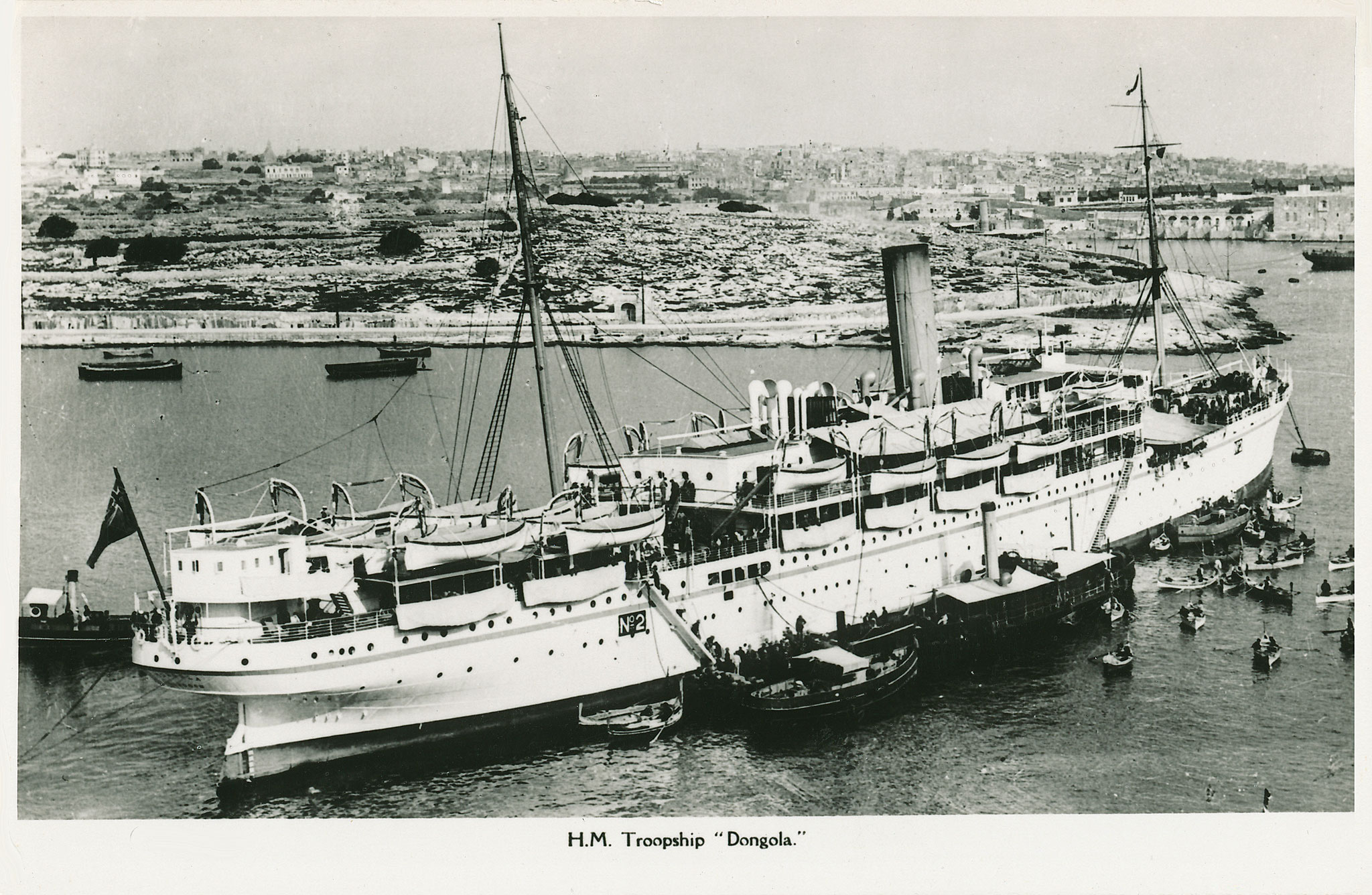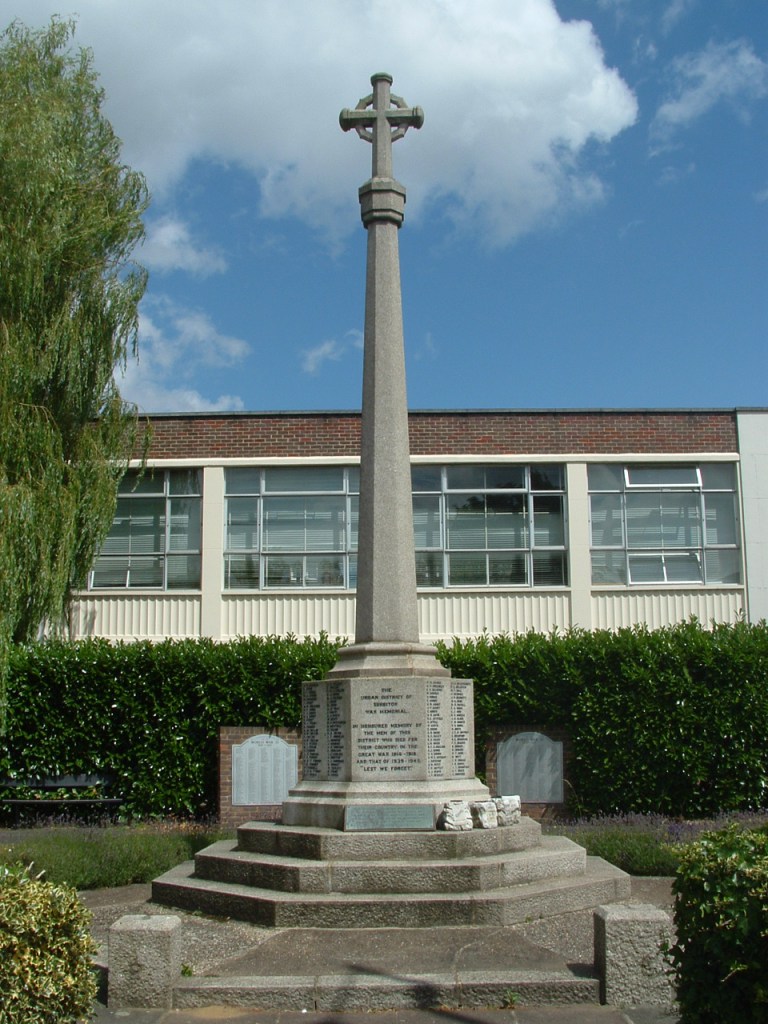Charles White
(Click any thumbnail image to view full size)
Family
Charles was born in 1883 in Surbiton, Surrey. He first appears on the census of 1891, aged 8, living at 3 Smith Street, Surbiton. He is listed along with his siblings; Edward (10), Henry (6) and Ellen (4), and his father, Charles (39), who was working as a coachman's groom and his mother Ellen (37). Sadly, the houses on Smith Street were demolished as part of the rejuvenation of what was classed as "slum" housing and replaced in the 60s/70s with more modern terraced houses and flats.
Charles WHITE (Private)
5156, 2nd Battalion, Royal Warwickshire Regiment
British War Medal
PHOTOS OF MEDAL TO FOLLOW
At age 18, Charles had already joined the army and is shown holding the rank of "Private" on the 1901 Census at Colchester Garrison.
By 1911 Charles, with 10 years in the army under his belt was stationed with the 2nd Bn Royal Warwickshire Regiment at Wittington Barracks, Lichfield Garrison. He is listed here on the census of that year. The following year, in November 1912 Charles and his Battalion embarked the HMT (His Majesty's Troop Ship) "Dongola", destined for Malta. The photo below shows the Dongola, in what appears to be the port at Valletta, Malta (click to enlarge).
At the outbreak of war, units based all over the empire were re-called back to England. Charles' Battalion were no exception. At midnight on the 29th July 1914, orders were recieved for all troops on Malta to draw all necessary ammunition from stores. A few weeks later, on the 29th August, the Ordnance Stores on Malta prepared the battalions' mobilisation equipment. Finally, on the 3rd September 1914, Charles and his pals boarded the SS Ultonia to return to England for further orders. They would have known by now they would be heading to the war in Belgium or France. After 13 long years of mundane service at home and in Malta, a 31 year old Charles may have been one of the many of the men that were looking forward to the grand adventure of war!
The SS Ultonia is pictured above (click to enlarge), and would later see service taking troops to India, before resuming duties with the "Cunard Line" steamship company. She was later torpedoed and sunk 350 miles off Land's End, Cornwall, in 1917 by the German submarine U-53.
After being assigned to the 22nd Brigade, 7th Division, the Battalion left for Flanders. They landed at ZeeBrugge on the 6th October 1914. For some unknown reason, despite such a long period of service, Charles still only held the rank of Private.
The 2nd Warwickshires were headed straight for the area around Ypres. The advancing German Army had to be stopped at all costs before they encircled troops in France to head on to their goal of Paris. The main tasks were to hold important bridges and keep flanking routes out of the enemy's hands. They arrived and immediately found themselves in the thick of the fight for what would later be referred to as the Battle of Langemarck, part of the First Battle of Ypres. After taking up positions at Broodseinde near Zonnebeke, the 7th Division was probed by artillery and sporadic fire from the German 52nd Divison, this later culminated in a full frontal attack on their lines.
On the 19th October Charles White was killed in action. He had been in France & Flanders for less than two weeks. He has no known grave. Just one of the many missing in Flander's fields. His name was added to the Menin Gate memorial to the missing. He is remembered there, with honour, along with 54,394 others who have no known grave on the Ypres Salient. He is also listed on the Surbiton War Memorial. Charles was also entitled to the 1914 Star, with Clasp (issued to all men entitled to the star, but also killed or at any time in an area within artillery range of the enemy), and the Victory medal. I am looking to aqcuire these to reunite the group, should they ever re-surface. All the medals, along with his memorial plaque and scroll would have been sent to his next-of-kin.
There is a monoument to the "Immortal Seventh", as the divison became known after the First Battle of Ypres, listing their battle honours, that stands at Broodseinde, at the very spot where the division first went into action in October 1914, and where Charles lost his life. It is pictured below.

Charles White - 1891 Census
Charles White - 1901 Census
Charles White - 1911 Census
Charles White - Medal Index Card
Charles White - Medal Roll
Charles White - Memorial Register
Charles White - Memorial Panel List
Charles White - on Soliders Died Register (PDF)
Charles White - Memorial Certificate (PDF)
 The Invicta Medal Museum (Online)
The Invicta Medal Museum (Online) 






